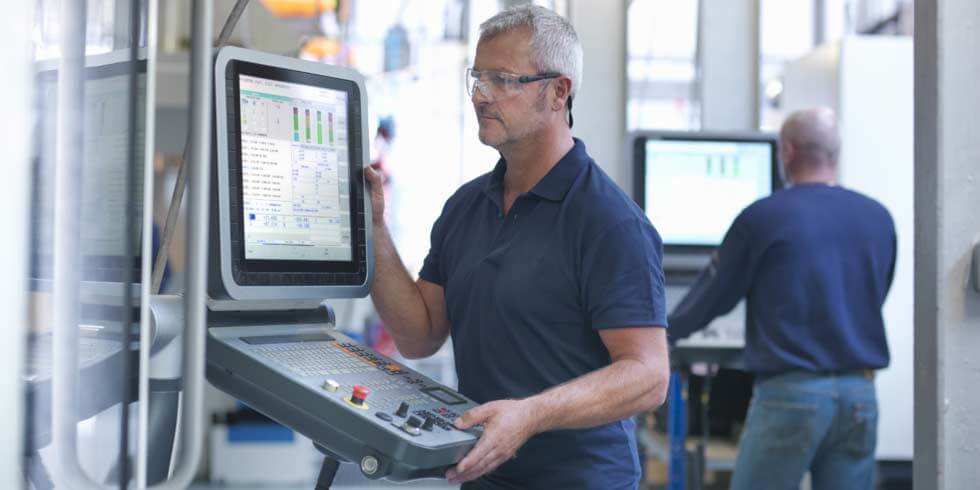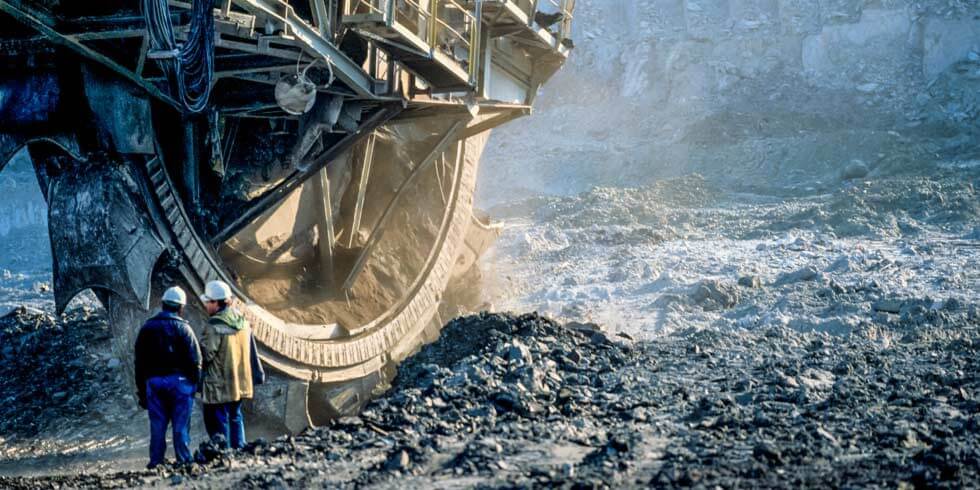
Schneider Electric’s EcoStruxure empowers industries with IoT

French multinational Schneider Electric‘s reach encompasses much of the globe. The size of the company enables many economies of scale, which it is then able to pass on to its customers in multiple industries.
The company’s EcoStruxure architecture offers an open, interoperable internet of things (IoT) framework that delivers more reliable, sustainable and efficient results.
EcoStruxure’s pedigree is impressive, with deployment in nearly half a million installations, and is also supported by 9,000 integrators. The technology connects over a billion devices all over the world.
Schneider Electric’s vision is that, globally, we need to become three times more efficient to mitigate the modern dilemmas of energy efficiency and waste. The company’s recognition that industry is more than 50 percent inefficient drives its implementation of technology solutions across the board.
EcoStruxure operates over the full width of the value chain, from the power grid, to buildings, to the data centre and down to the individual plant and machinery. It acts on three interconnected levels to deliver benefit.

- Connected products: IoT products which measure, monitor and control.
- Edge control: Systems include power monitoring, machine automation, and process automation. Site-specific software applications are also deployed which connect to automation systems.
- Apps, analytics, and services: A suite of enterprise-level applications, typically cloud-based, used to deliver value.
The open nature of EcoStruxure’s leading industrial software allows partners and developers to develop specific configurations for bespoke installations. The company estimates there are around 4,000 industrial application companies and approximately 160,000 developers using the platform today.
As befits a global player, EcoStruxure for Industry’s implementation has been used effectively across a wide range of trade, including the following (this list is by no means exhaustive – for a full description of supported industries, see here):
Mining
The company has led the way in providing video security, lightning detection systems and safety solutions for processes and machines, all linked intelligently and therefore creating true integration between control and electrical systems.

The end result? Production of the right quality of materials at the lowest cost, with the best safety record.
Food & Beverage
As well as an operational improvement, the industry has a pressing need for carbon and water footprint reduction. This is achieved by improving processes, utilities, and supply chain efficiencies.
CAPEX is also reduced as the life of existing assets is extended and energy waste minimised.
Oil & Gas
By using IoT to create redundancy in system architectures and distributed control systems, EcoStruxure delivers improved asset performance, up-, down- and mid-stream.

Schneider Electric stresses the need for simplicity to manage oil and gas plant operations through ease of use, scalability, and secure, standards-based integration.
Water & Wastewater
As infrastructure ages and needs replacing, Schneider Electric’s solutions are ideal to both improve resilience but also drive modernization with the introduction of smart technologies.
By adapting to changes in the way workforces expect to communicate, the EcoStruxure framework also ensures public health, safety, and security.
Schneider Electric’s product range covers a huge breadth of smart, connected products, edge control, and analytic solutions, from rotating machines to discrete manufacturing to hybrid and continuous processes.
The company’s Industry Business is valued at €5.7bn specialising in discrete and process automation; it contributes 22% of Schneider Electric’s total revenues.
By using the most advanced technology available today, and via the EcoStruxure architecture, IoT deployments automate industry and infrastructure, machine manufacturers and processes operators.
To learn more about this world-leader in the IIoT space, connect with the company’s website.
READ MORE
- Safer Automation: How Sophic and Firmus Succeeded in Malaysia with MDEC’s Support
- Privilege granted, not gained: Intelligent authorization for enhanced infrastructure productivity
- Low-Code produces the Proof-of-Possibilities
- New Wearables Enable Staff to Work Faster and Safer
- Experts weigh in on Oracle’s departure from adland
